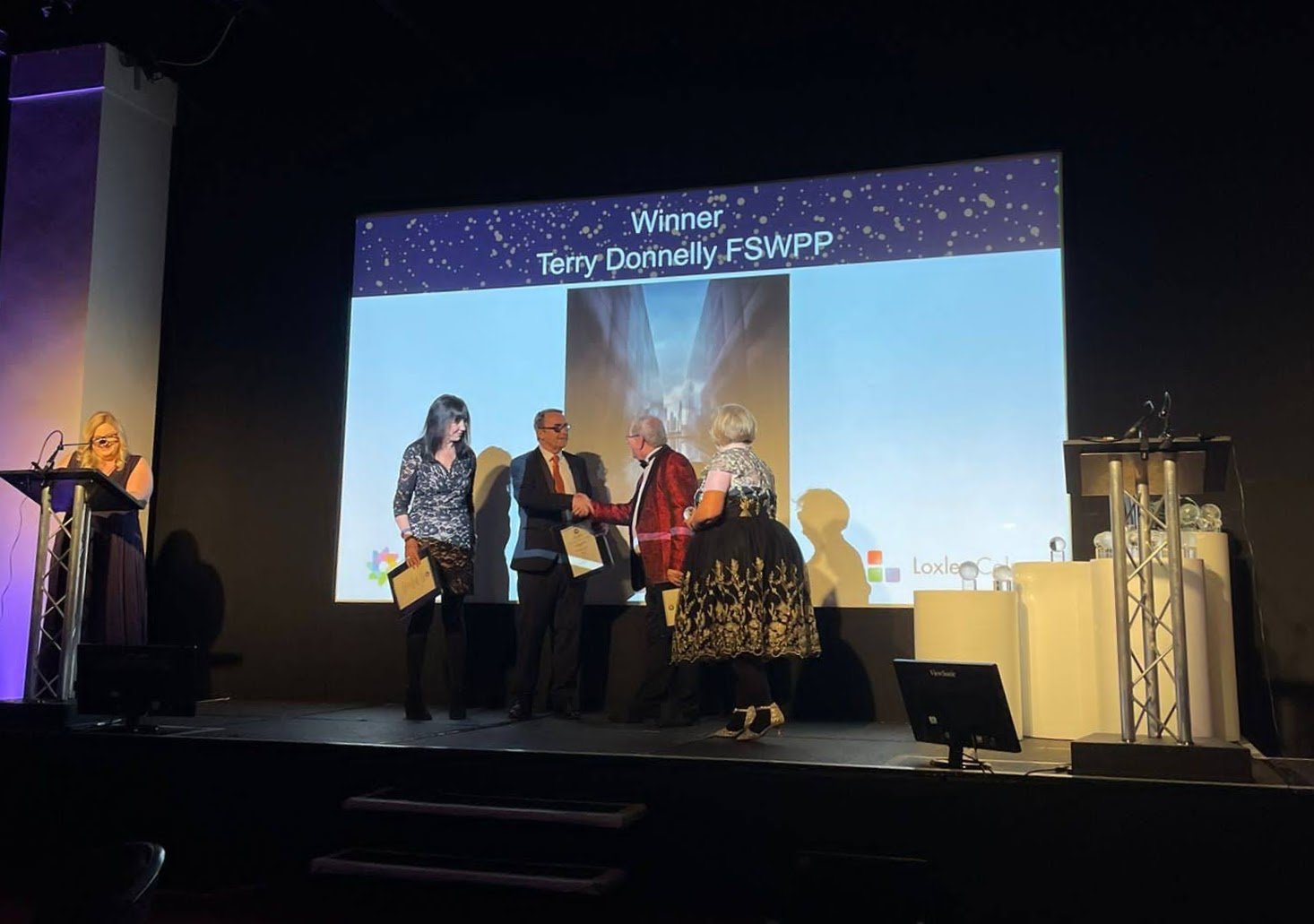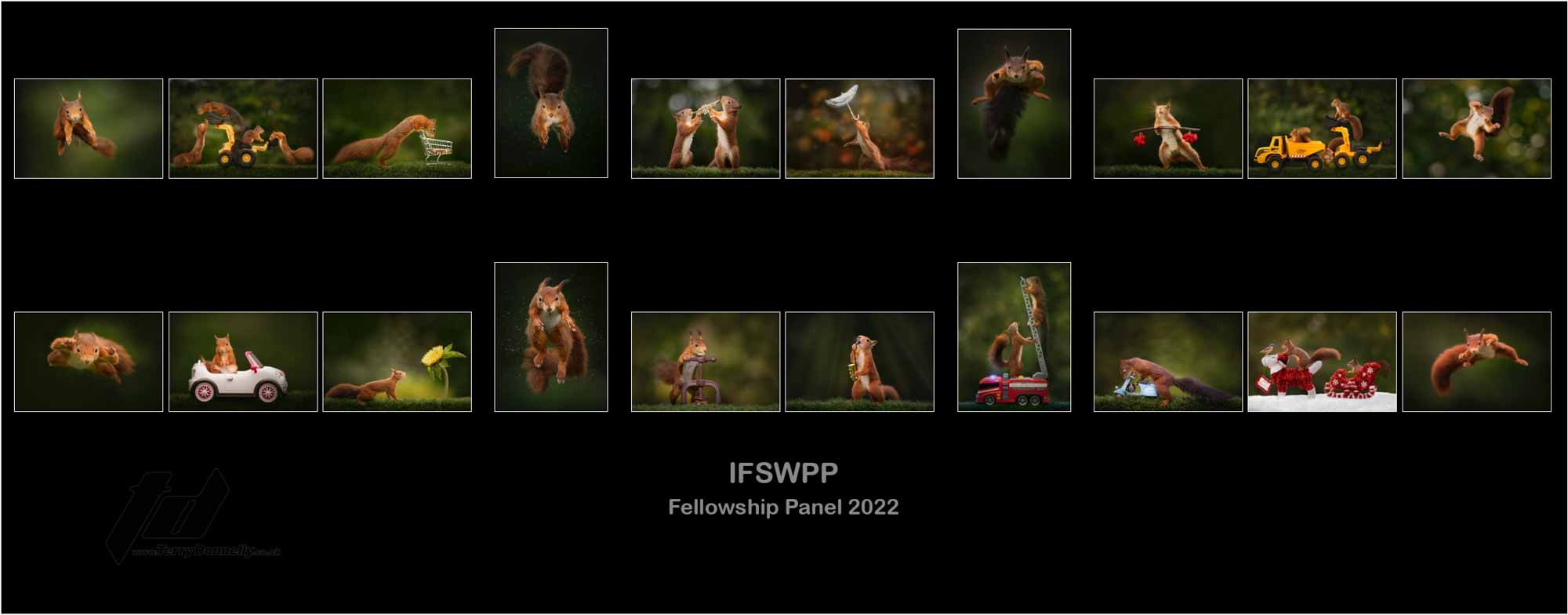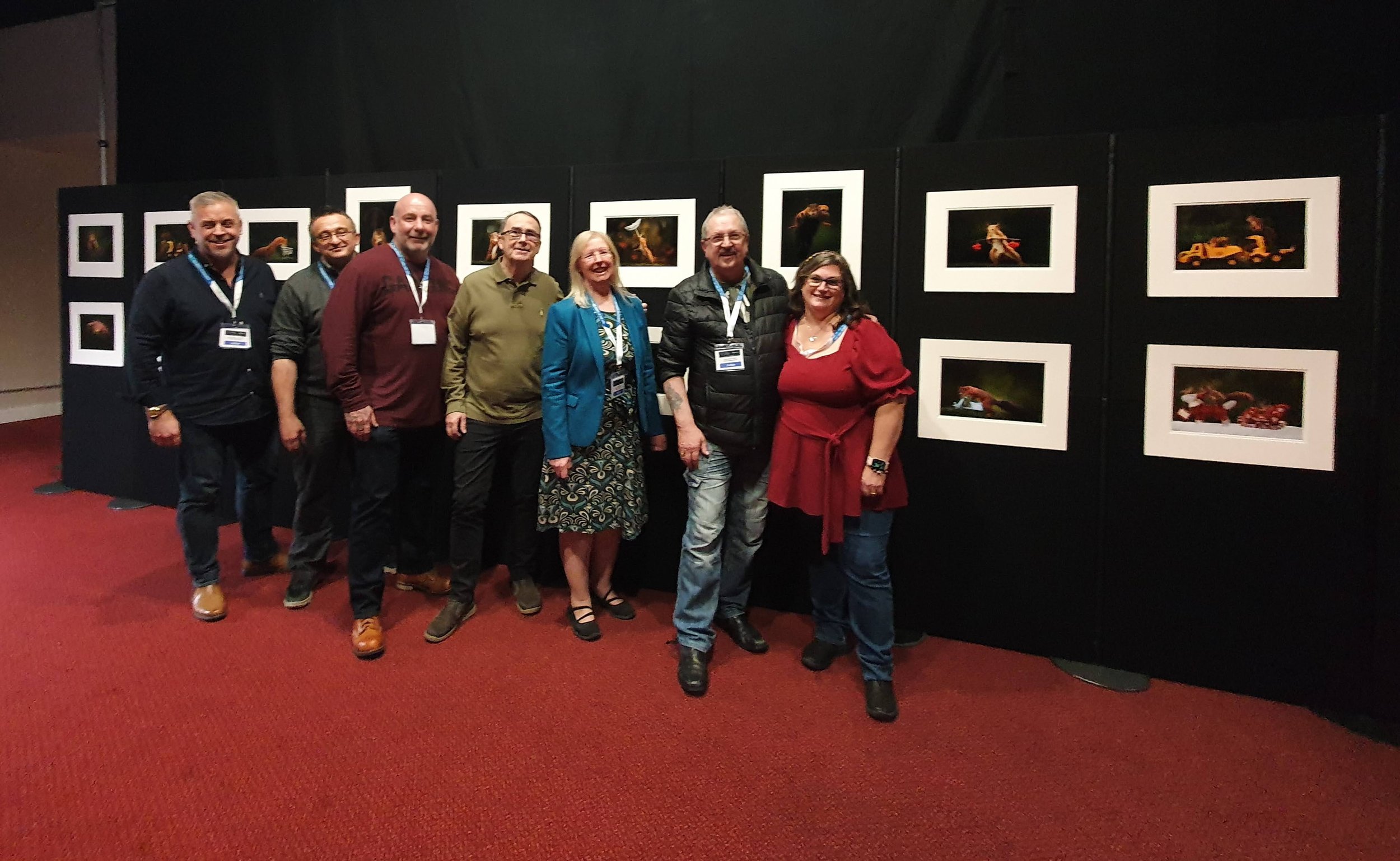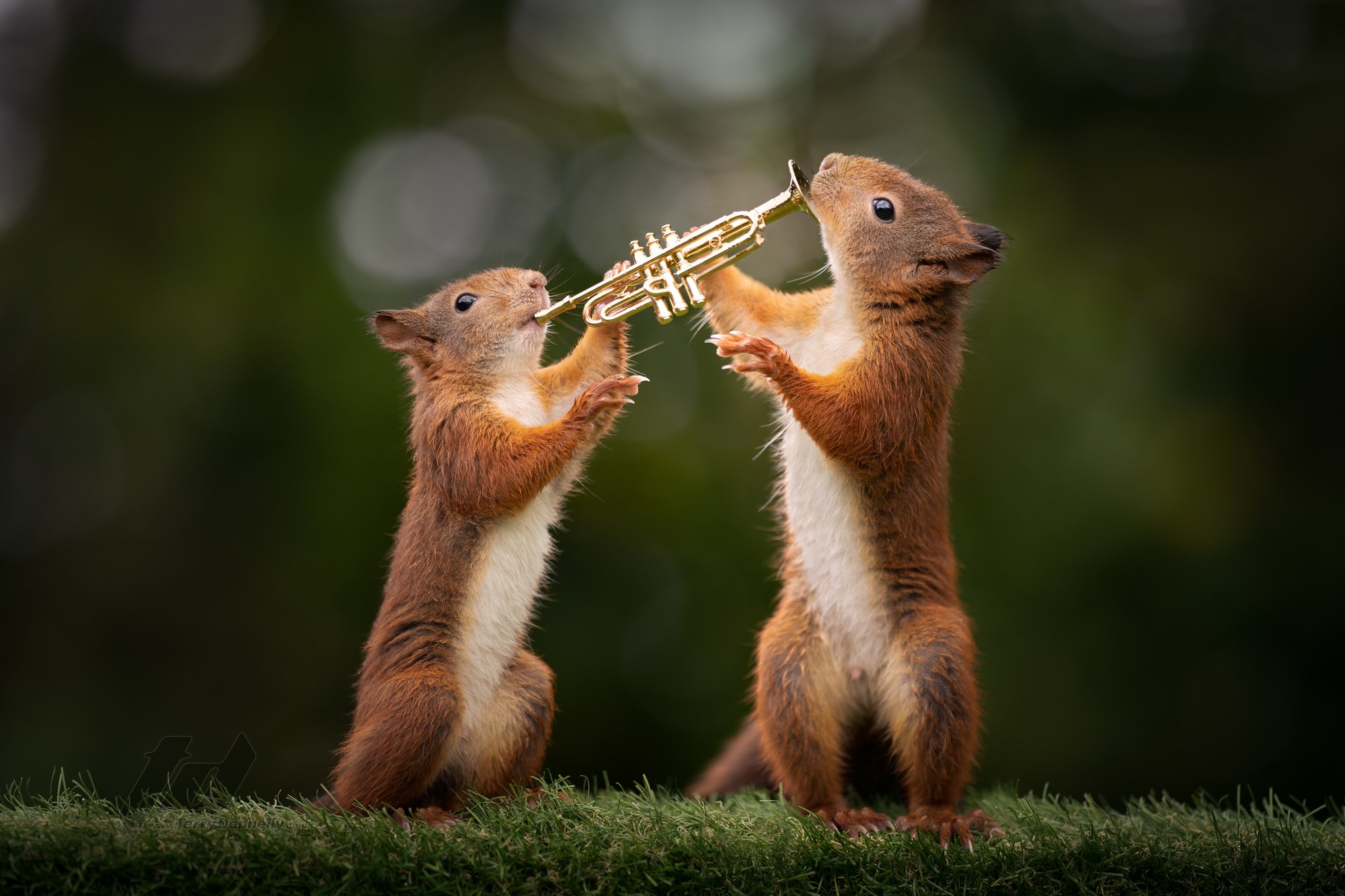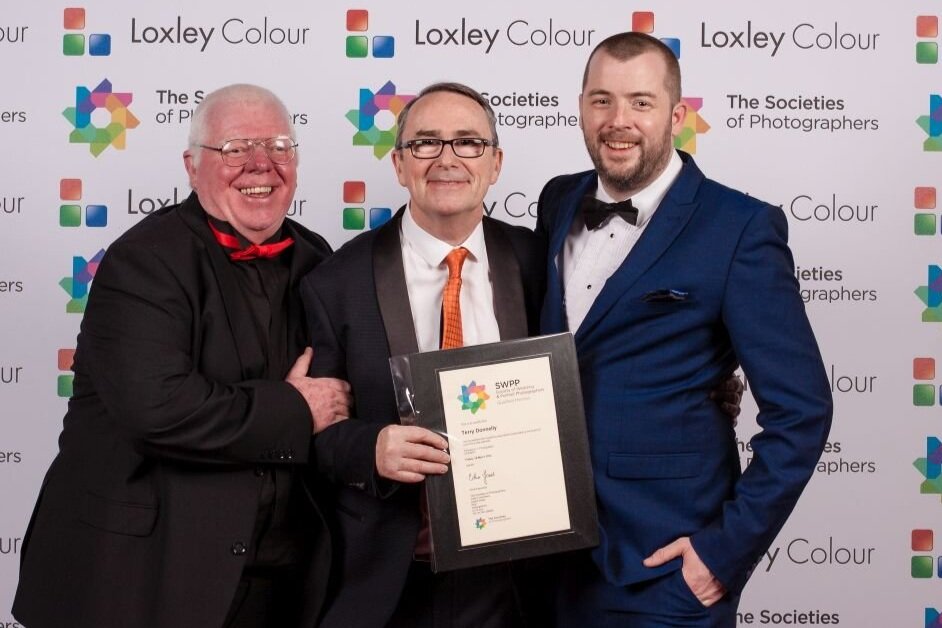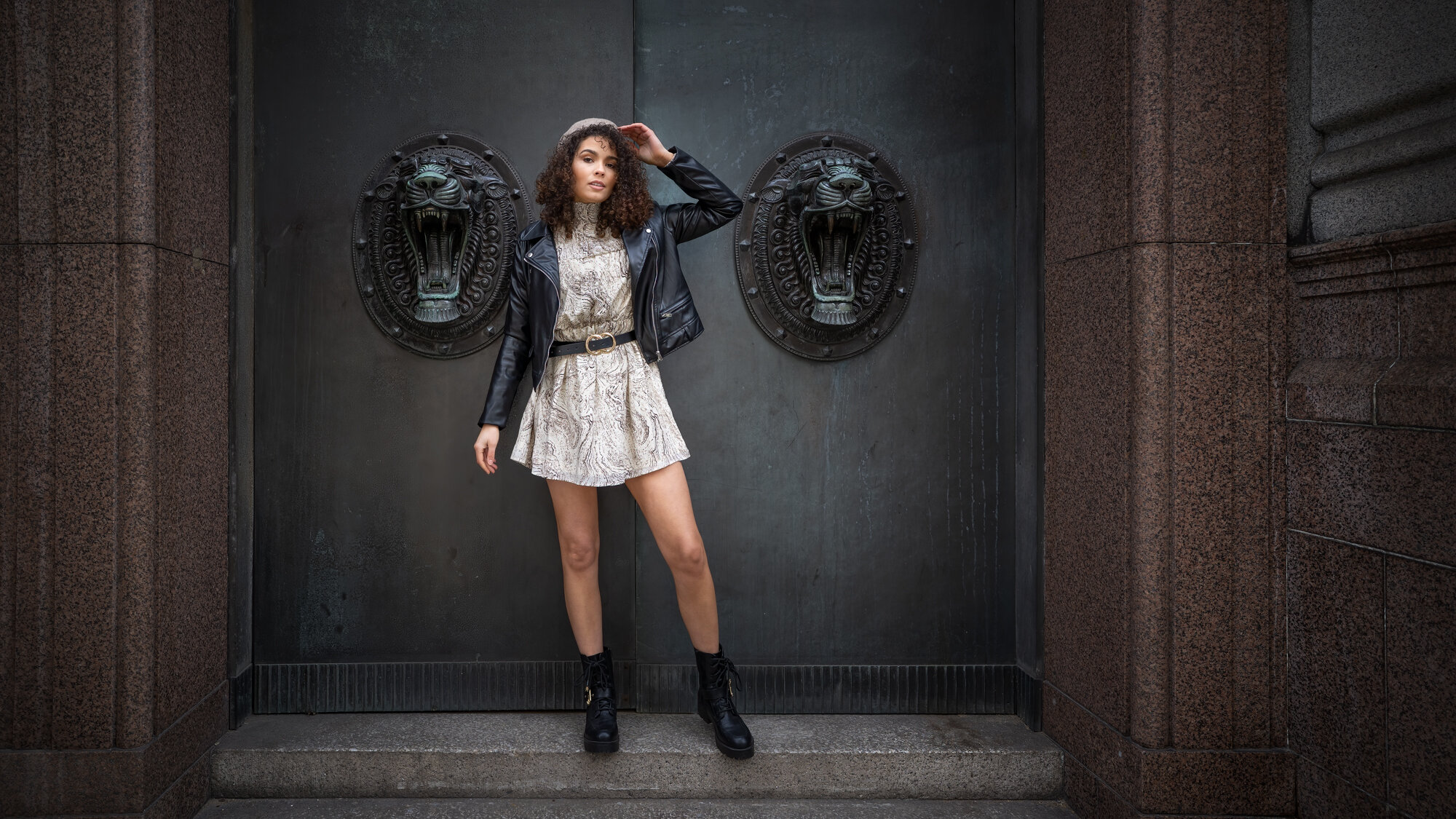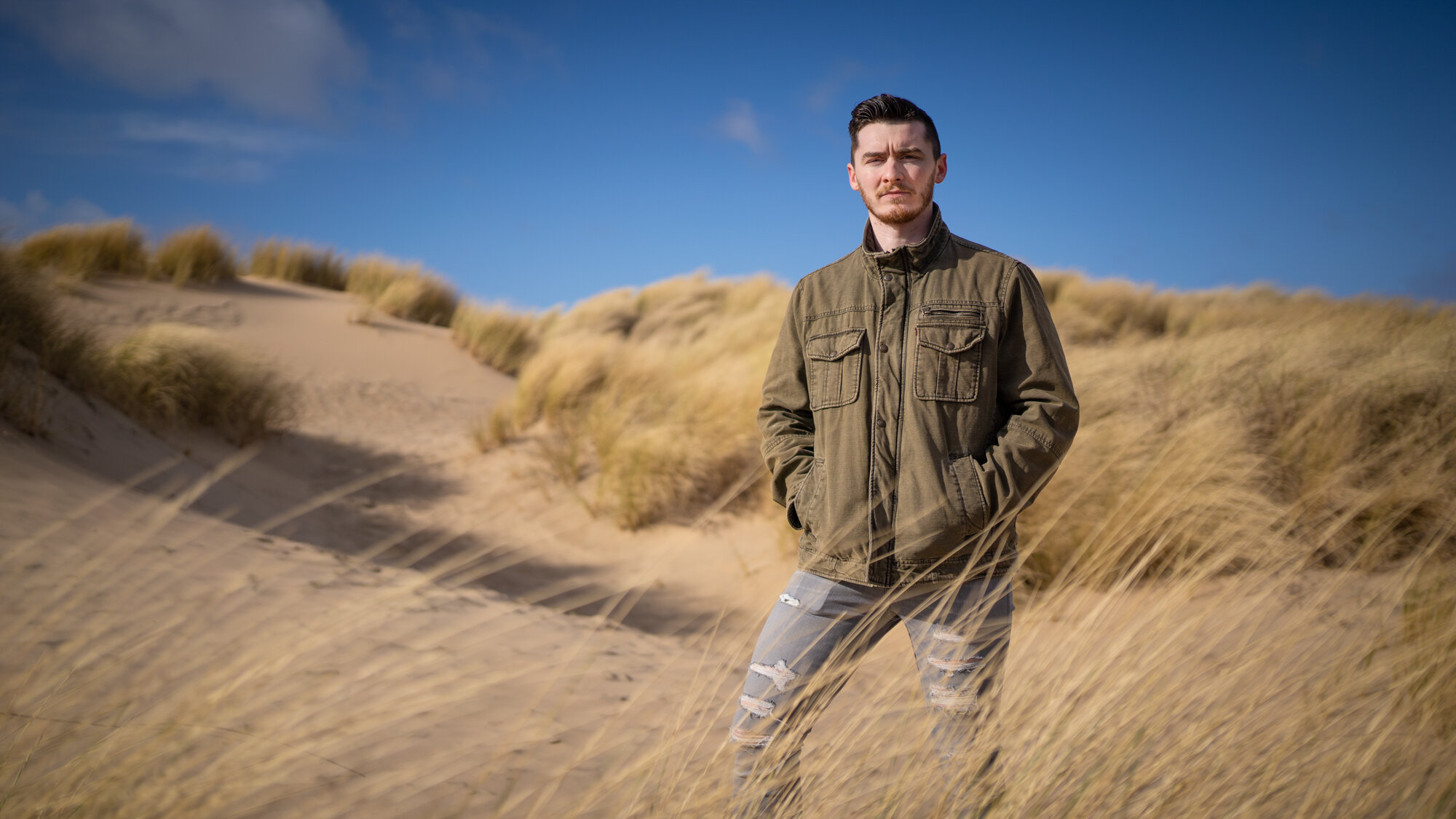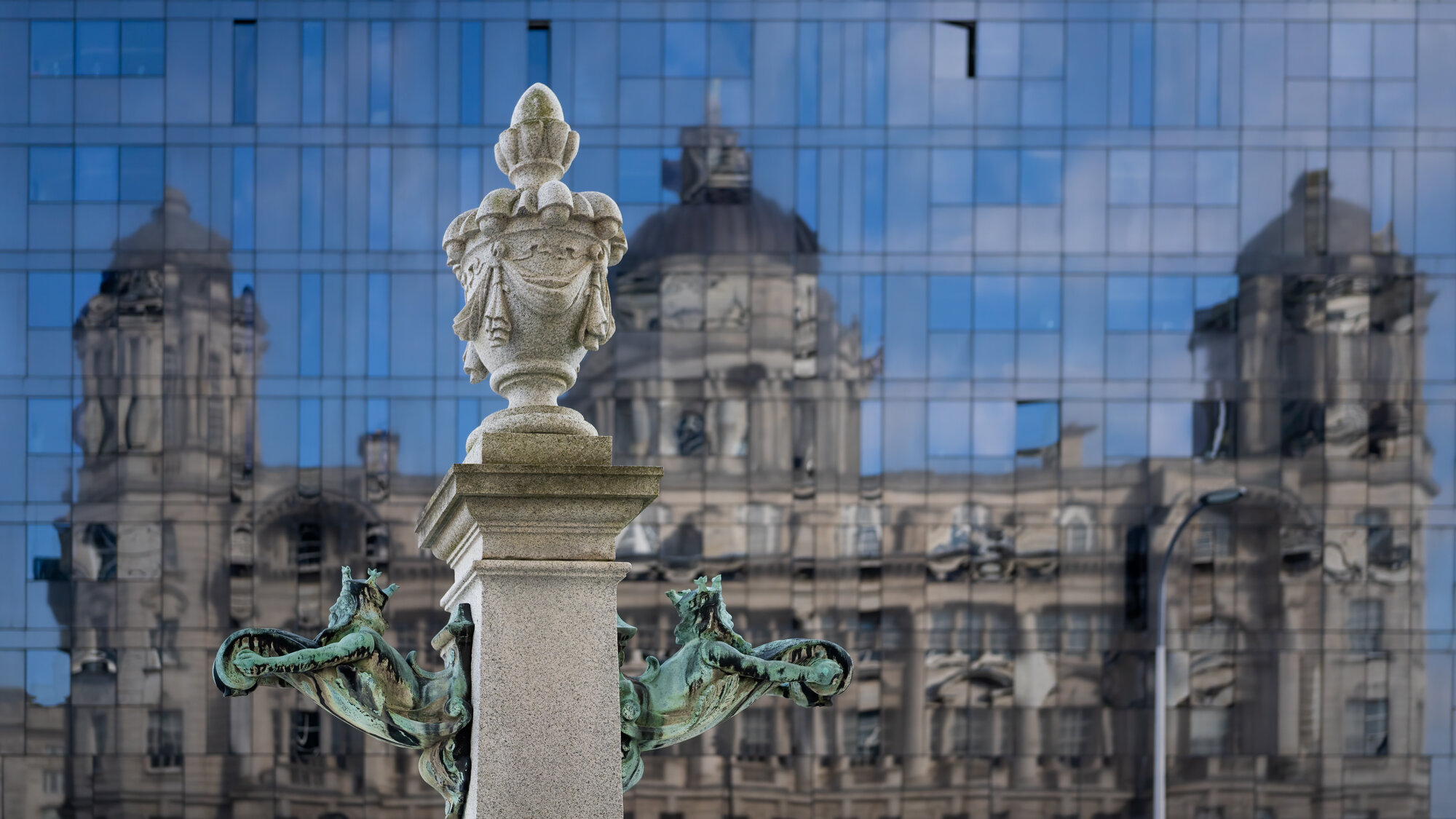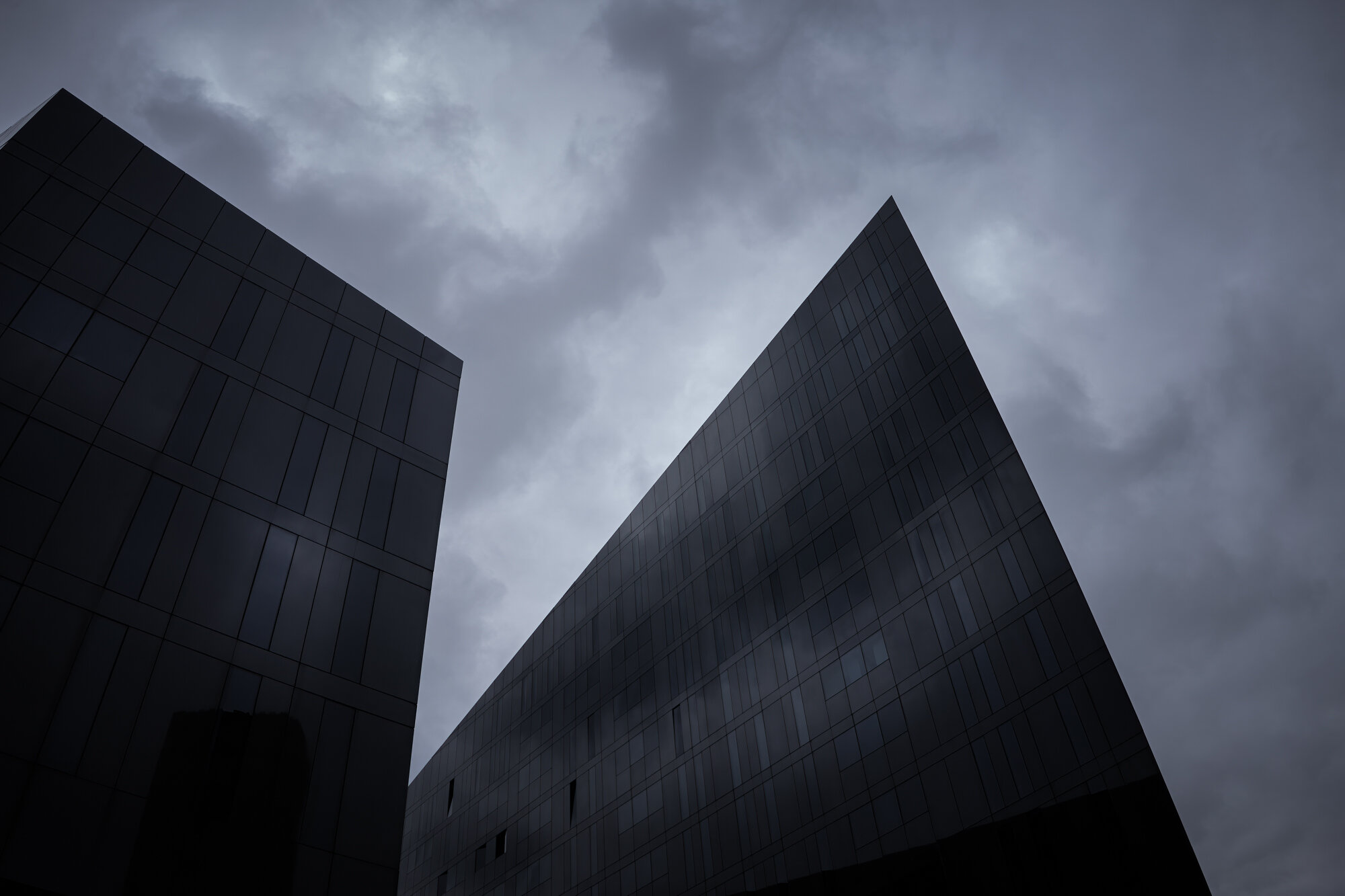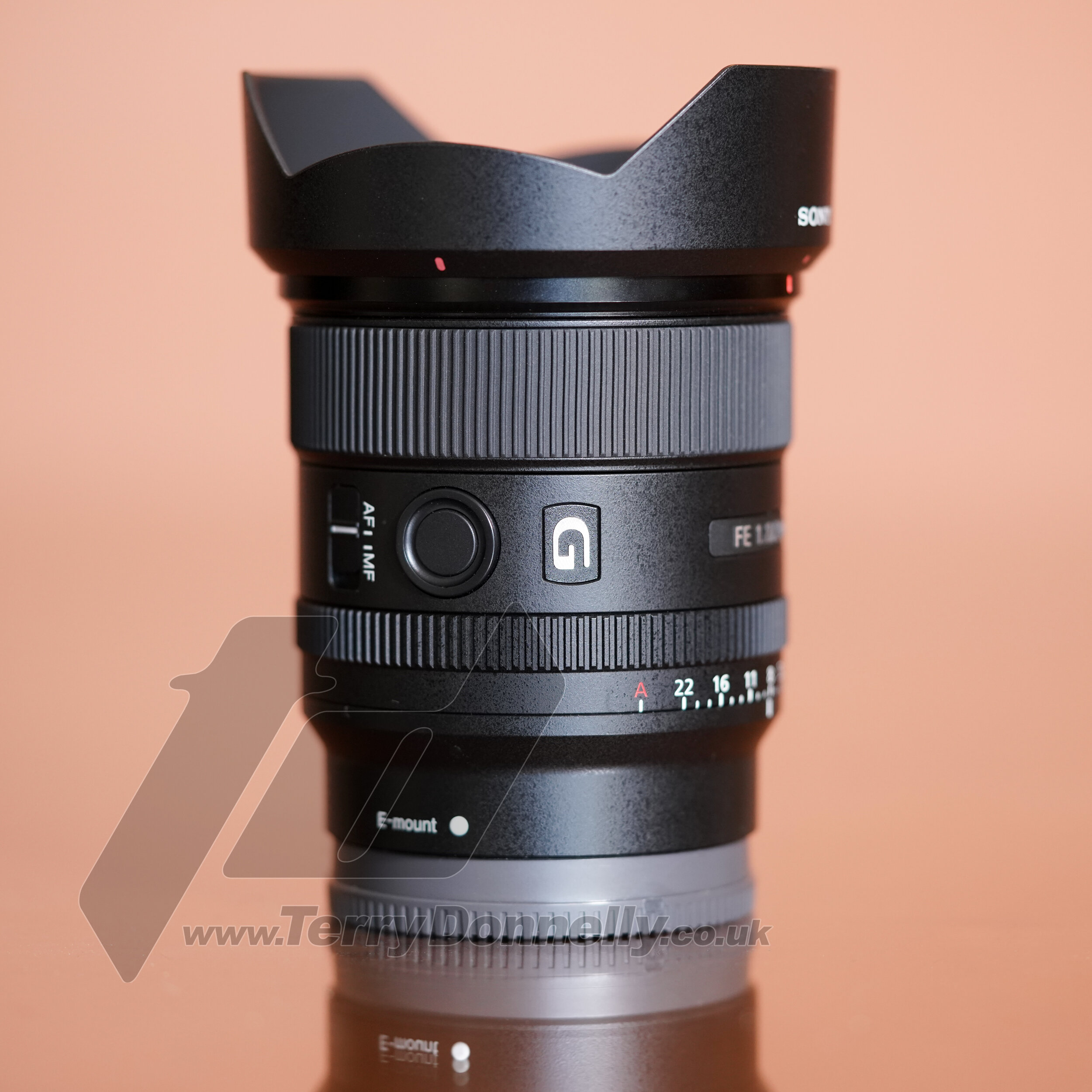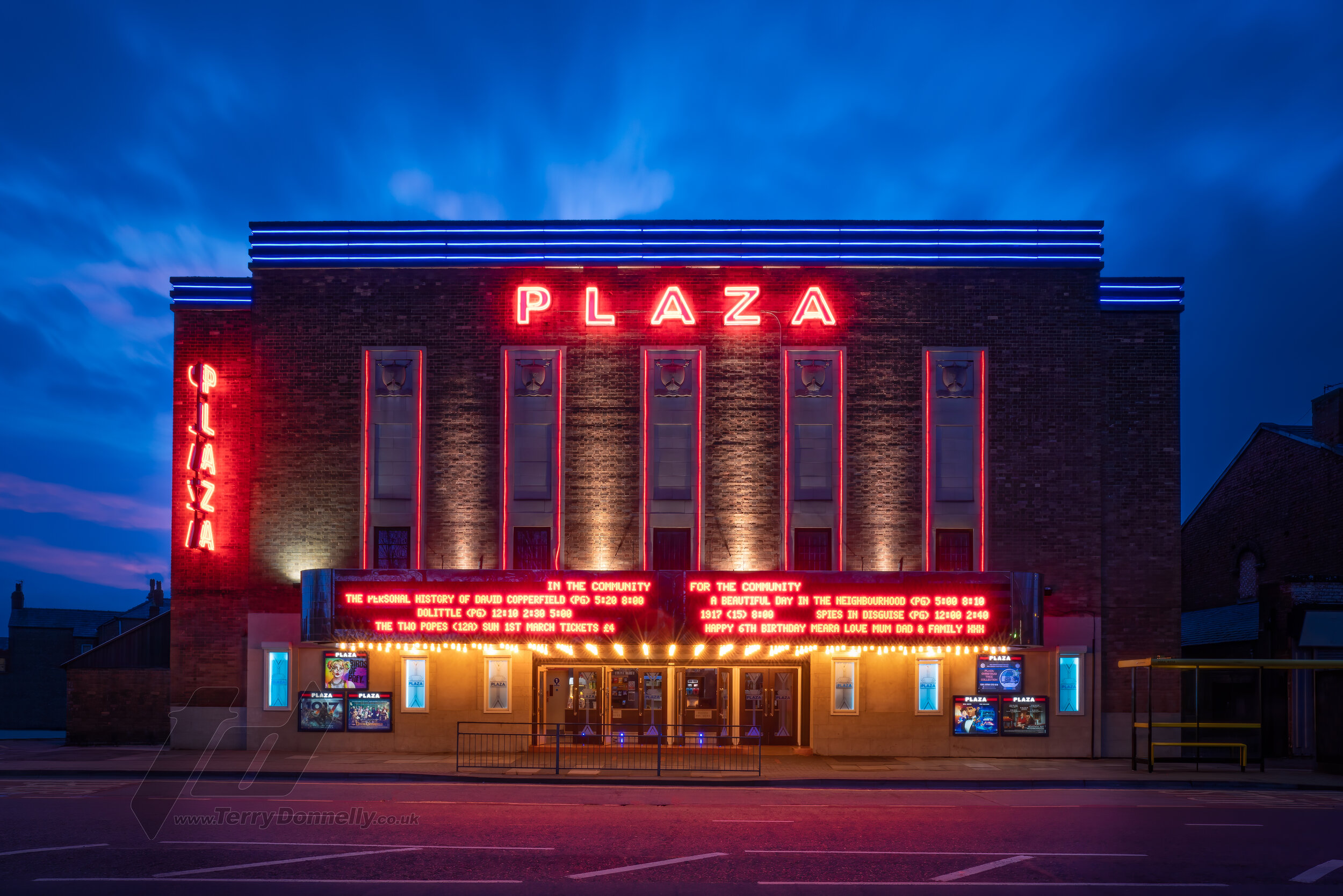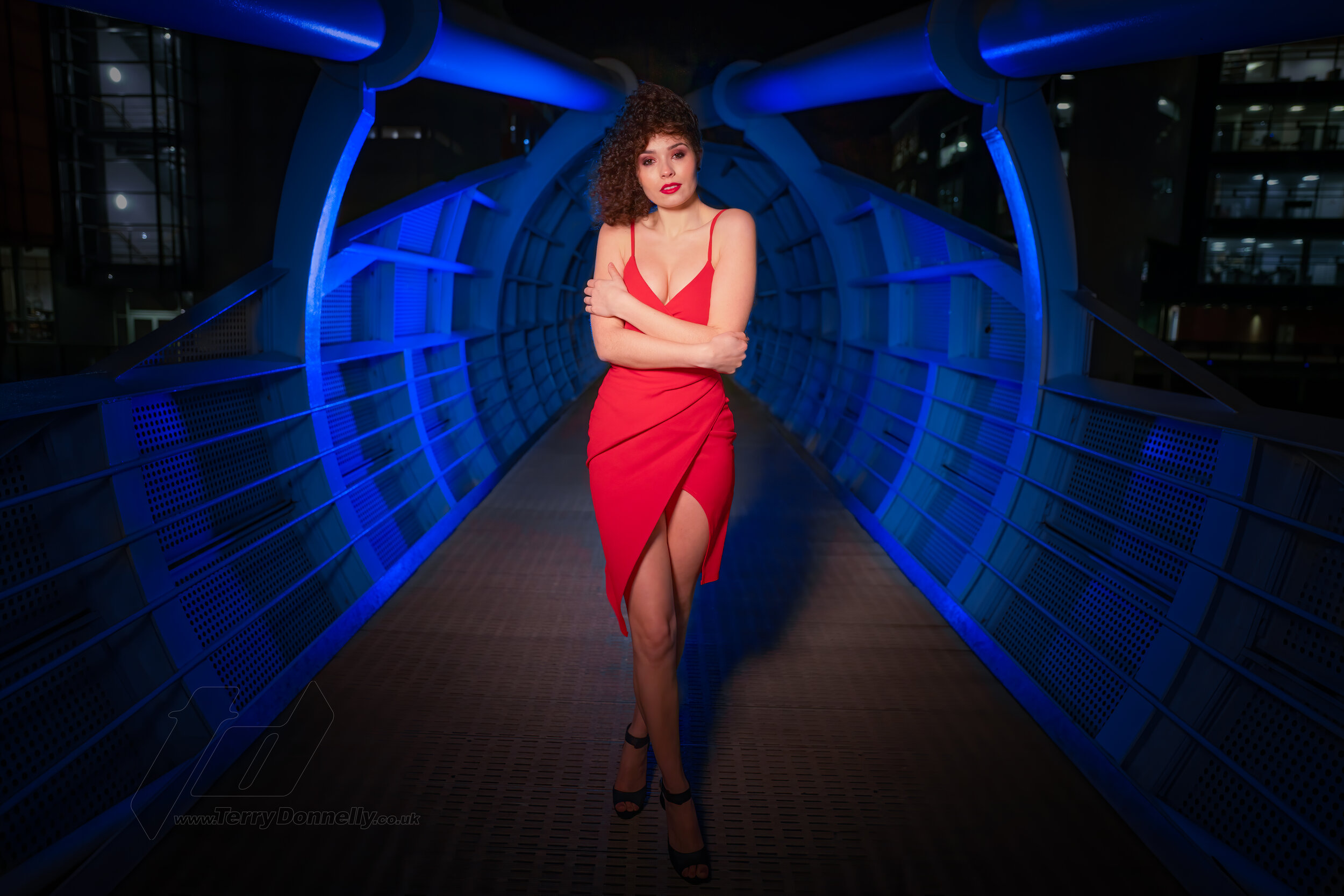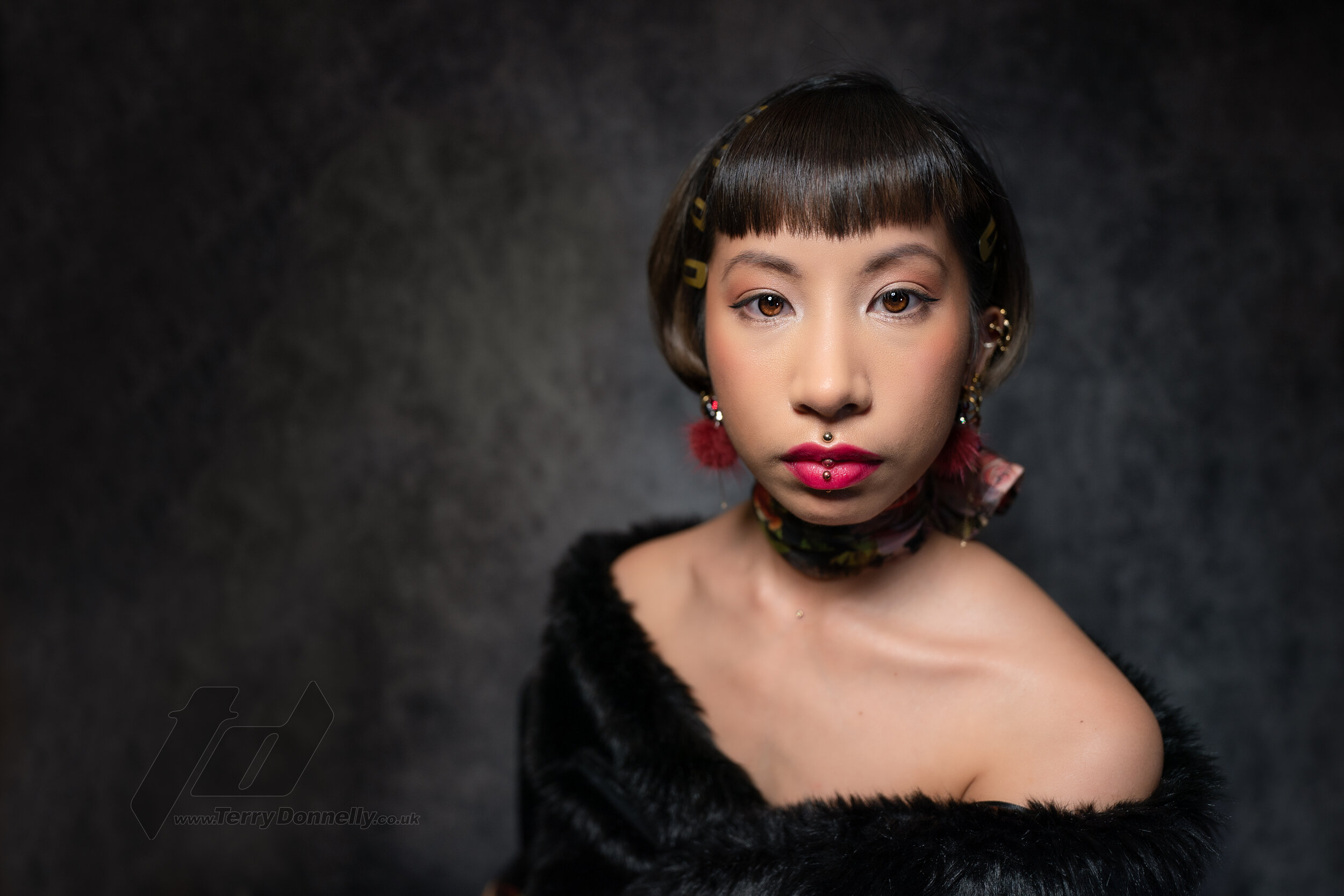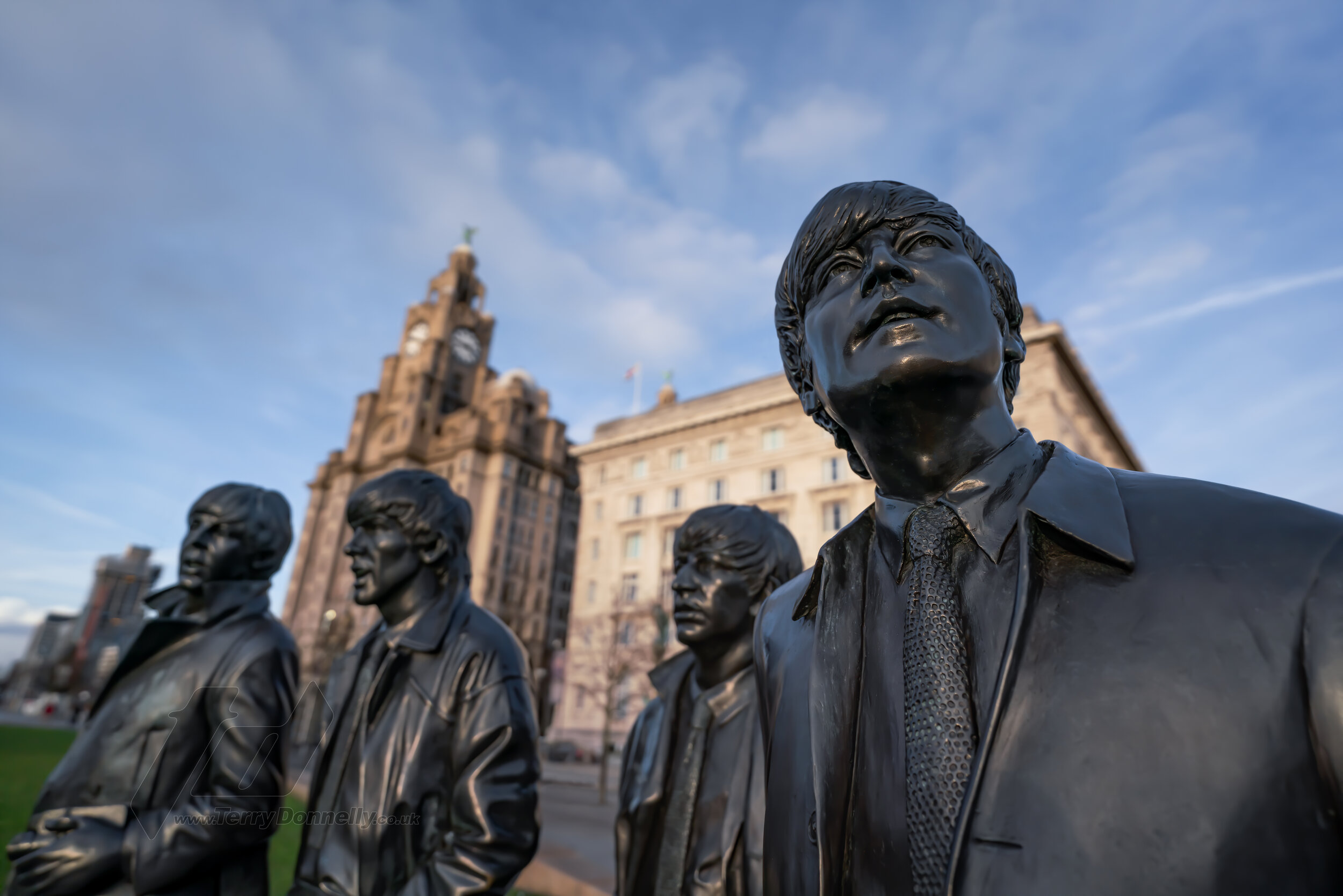Continuing my blog posts about Convention 2022, I am delighted to have won Photographer of the Year in the Travel category.
I had received several nominations across five categories but knew I was up against some serious competition with really strong images, so I had resigned myself before the awards evening that I would likely walk away with no Photographer of the Year awards for 2021.
My winning image was taken at the Open Sky Memorial in New Jersey, looking back to the Manhattan skyline where the Twin Towers once stood.
There was heavy rain just before I took the photograph and that had left a slightly flooded area along the floor which gave a mirror like reflection, the moody sky also added drama.
The judges commented
”An unusual perspective that is incredibly captivating. The way it pulls your eye from the foreground into the image to the New York skyline…. it makes you want to go there and see it in person.”


